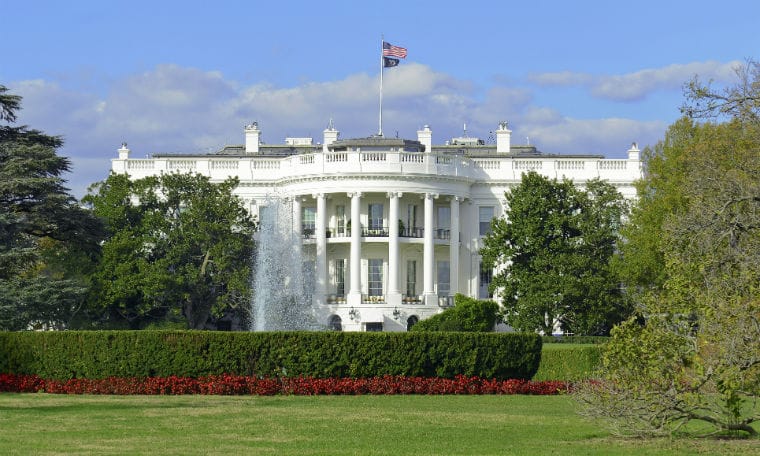According to Deadspin, NFL players are terrified of COVID but are afraid to speak up for fear of angering the NFL.
“I looked at my son. I looked at my family, and I just didn’t think it was worth it,” Jaguars player Lerentee McCray, a seven-year veteran, told me this summer after opting out. “I could catch it and bring it home to them. Or I can get it and even if it doesn’t kill me, it could destroy my career long-term. I feel really weird not playing football right now, but can’t. I can’t risk doing something so dangerous and maybe hurting the people I love.”
In the end, most players decided the money was worth the risk. So, they play.
Yet there’s been a definite shift in that attitude over the past few months and even weeks, several told me in various interviews, as the virus spreads through locker rooms. Most requested anonymity for fear of angering NFL owners and the league office.
Players add that they feel that the safety measures the league and their union promised pre-season were meaningless.
One of the things players tell me that’s changed their thinking from the summer is the ballistic pace of the infections. One moment the virus isn’t there, the next it’s calling plays in the huddle. As a virus spreads through a locker room there’s a sense of helplessness. Players now think of football during the pandemic era not as a calculated risk, but Russian roulette.
All of the outbreaks have left a player base more scared than ever before. That’s the word I’m hearing the most: scared.
This is awful. Yes, they make a lot of money to play a game, and yes, they all had the ability to opt out before the season started (as 67 players chose to do). But they also should have an expectation that their employer is doing everything within reason to keep them safe and the ability to air their grievances if they perceive that their employer is failing in that mission. The fact that players believe that the NFL is failing on both counts is galling.
Employers, you have one primary obligation to your employees during this pandemic — keep them safe. If your employees are terrified to come to work, you are failing, period. It’s time to look inward. Are you doing your part?
- Are you mandating masks?
- Do you require a minimum of six feet of physical distance at all times?
- Are you promoting hand washing and other good personal hygiene habits?
- Are you regularly cleaning and sanitizing work and common areas?
- Have you eliminated gatherings of employees?
- Are you mandating self-screening for COVID-19 symptoms and sending home anyone with symptoms until cleared by a doctor?
- Are you enforcing the CDC’s isolation and quarantine rules?
- Do you have an open door through which employees can walk, without retaliation or fear of retaliation, if they feel you are not meeting these obligations or their coworkers aren’t following the rules?
Unless you can answer yes to each of these questions, it’s time to take a long, hard look at your pandemic protocols and decide what you should be doing differently. Your employees, their families and friends, and the general public are counting on you.












